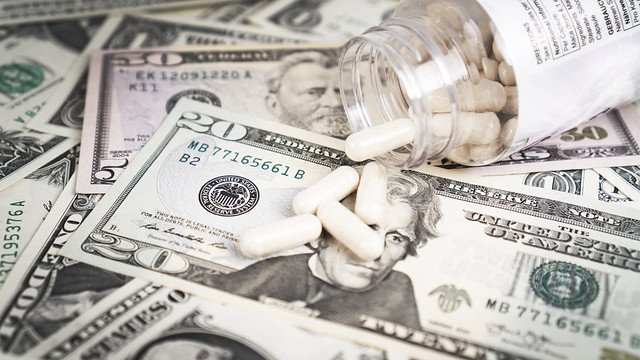The crises in US health care
The United States spends vast sums on its health care, but the system is riddled with issues from access to opioid prescriptions. Robert Fauver, president of Fauver Associates, tells founder and co-director of the Global Governance Project, John Kirton, where the issues lie
To what extent are healthcare costs an economic burden in the United States?
Many older people are facing more health issues. If they come to the United States for treatment, they benefit from the large US expenditures on public health. It is a double-edged sword. On the one hand, the United States spends more money per capita, or as a share of gross national product on health than any other industrial country. In many respects it has some of the best and most accessible high-quality health care of any country in the Organisation for Economic Co-operation and Development. Wait times are shorter in the United States.
If the United States puts export controls on drugs, the rest of the world would be in sad shape as it looks for new drugs and the benefits of modern drug technology. At some point, the United States will find a problem with drug pricing around the world. I can buy US-made drugs more cheaply in Canada than in the United States.
Canada has controls on the pricing of drugs and has done deals with drug manufacturers so that they will price low to maintain market access. At some point, the American consumer will say ‘wait, why should we be subsidising this through our export of drug technology and drug development?’ Other countries in the OECD do the same thing.
Why should the US taxpayer pay for access to cheaper drugs around the world? There is a real potential problem as more and more focus shifts to the United States as having a higher share of costs related to medical issues than any other

Robert Fauver, president of Fauver Associates
country in the OECD. We have good health care in the United States, but we pay for it. We have huge inefficiencies in our system, yet we provide quicker access to all comers than other countries in the OECD do, especially for high-tech surgery and technology.
Do you see the thrust of health-related policy going in a desirable direction?
The debate in the Congress is so political at the moment, and will be until the elections in 2020, that the odds of anything significant being done are close to zero. In the states, there is much focus on trying to reduce spending on Medicare and Medicaid. States are now asking “how are we going to pay for that, what does it mean for the rest of our budget?” There is not a consistent approach across states.
On the opioid addiction crisis in the United States, at the 2018 G20 Buenos Aires summit President Trump asked China’s President Xi Jinping to outlaw their shipment to the United States. Is this a serious health problem in the United States that has social and economic impacts?
It is a very significant, very serious problem in the United States. The opioid crisis has grown exponentially. It has spread to all income sectors. It is not the heroin or crack cocaine problem, which was centred in inner cities. It involves athletes in high school who became addicted because they had a muscle pull and the doctor overprescribed opioids, and mothers of five kids at home who have a sprained back muscle and had opioids overprescribed.
There is addiction up and down the income scale, across gender and race. It is widespread. It is apparently such a significant addictive drug that no matter how many times you go back through treatment programmes, you can be in a treatment programme for three months, locked up and completely withdrawn and completely clean, and within a week or two back in freedom, you’ve gone back on the drug and the tendency to overdose.
It is so widespread a problem that we often give a drug called nalaxone to first responders and parents of addicts so they can give this life-saving injection to overturn the effects of an overdose. It is a very serious problem. The source of opioids is not just China but also Latin America.
But a large part of the crisis is prescription based. There are certain pharmacies in West Virginia that sell more opioids in a year than there are people in the three surrounding states. So clearly, there is an illegal black market for prescription use of opioids.












